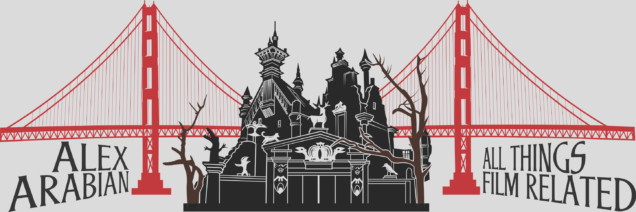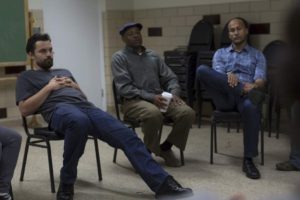“The OA” co-creators Brit Marling and Zal Batmanglij deserve some much needed time for a long vacation to decompress from the two-year marathon that was creating ‘Part II’ of their groundbreaking Netflix original series. One of the most narratively and technically unorthodox shows, the production behind “The OA” is almost as much of an enigma as the show itself. Defying traditional television production schedules, throwing out standard pattern budgets during production due to the fact that it is one of the few shows to exist without a pattern narrative, Marling and Batmanglij have met their ambitious grasp with the final product in the overall superior second season.
In ‘Part II,’ OA wakes up in a different dimension only to find that she’s inexplicably arrived in the same place as Hap. There, she must navigate her new life as a Russian heiress, outsmart her nemesis (and former captor), use her metaphysical abilities to help a cynical detective solve a missing child case, and awake Homer (the love of her life and supposed soulmate), all in the season’s eight episodes.
Coinciding with the long-awaited release of ‘Part II’ of their series on Netflix, I had a chance to sit down with Marling and Batmanglij to discuss the complex production process behind the series, analyze some of the show’s more complex themes, take a deep dive into some of the show’s most popular theories, reminisce on the creative progression of their 18-year relationship, and more.
First of all, congratulations on finally completing what is, by all accounts, the monumental undertaking that was the second season of ‘The OA.’ How long did it take you two to write ‘Part II?’
Batmanglij: So, we get greenlit at the beginning of February of 2017. And then, we come to San Francisco, because we have an idea that we want to set it here. Brit and I spent two weeks here, and then we formed an outline, and pitched that. We put together a small writing group, and we spent the whole summer writing. We wrote 400 pages, which was crazy [laughter] because if we were setting aside to write a feature, we’d probably give ourselves six months. In three months, we wrote 400 pages.
Read the rest of the interview at The Playlist.




![‘The OA’: Creators Brit Marling & Zal Batmanglij Discuss The Long Journey Of Bringing ‘Part II’ To Life [Interview]](https://www.makingacinephile.com/wp-content/uploads/2019/03/The-OA-Part-II-Netflix-1200x520-900x350.jpg)


![Jennifer Garner & David Tennant Talk New HBO Series ‘Camping’ & Why There Won’t Be A Season 2 [Interview]](https://www.makingacinephile.com/wp-content/uploads/2018/11/HBO-Camping-Jennifer-Garner-David-Tennant-1200x520-300x200.jpg)
Leave a Reply
Your email is safe with us.